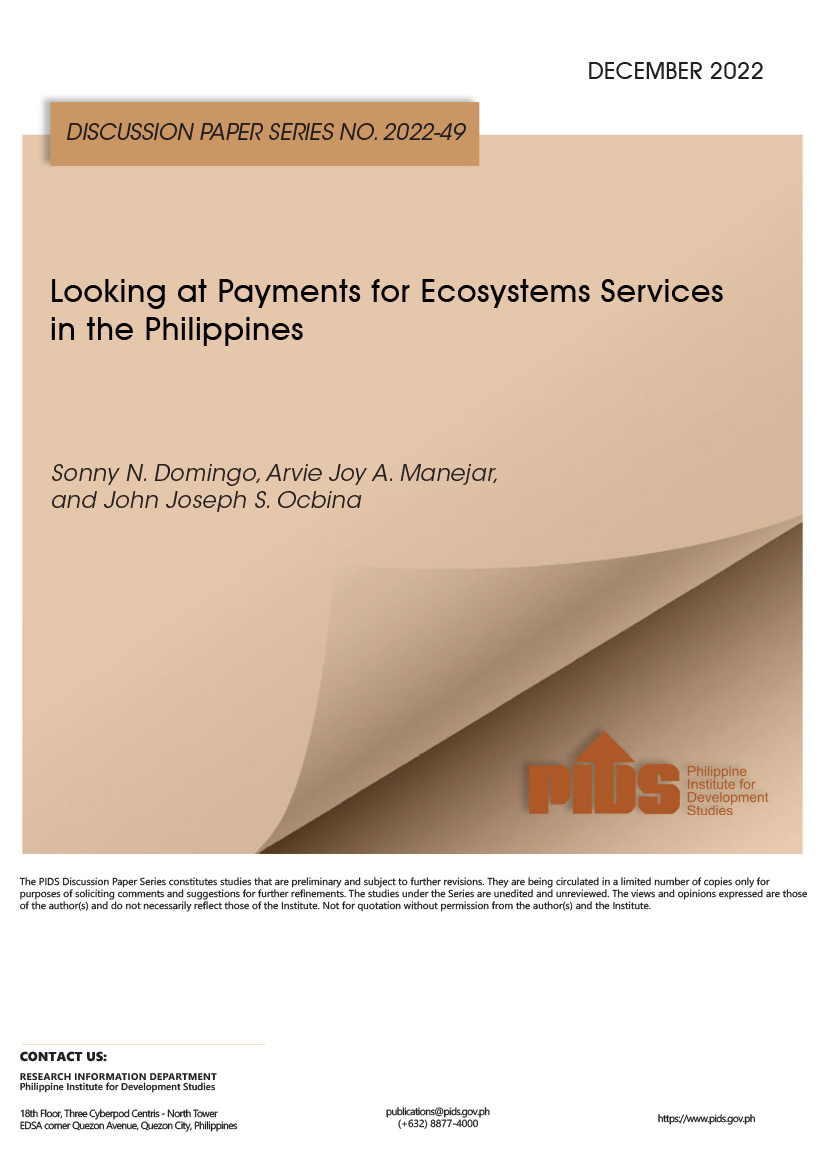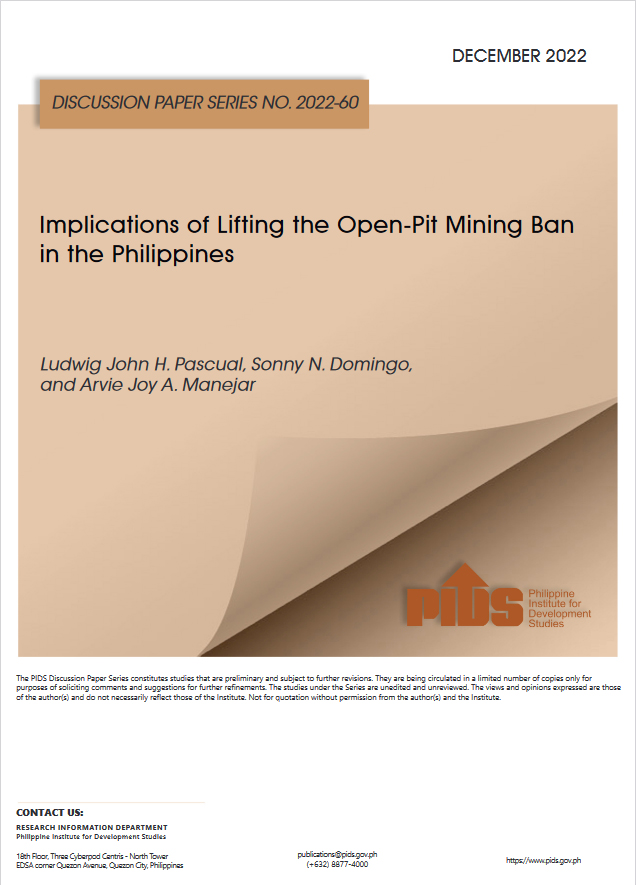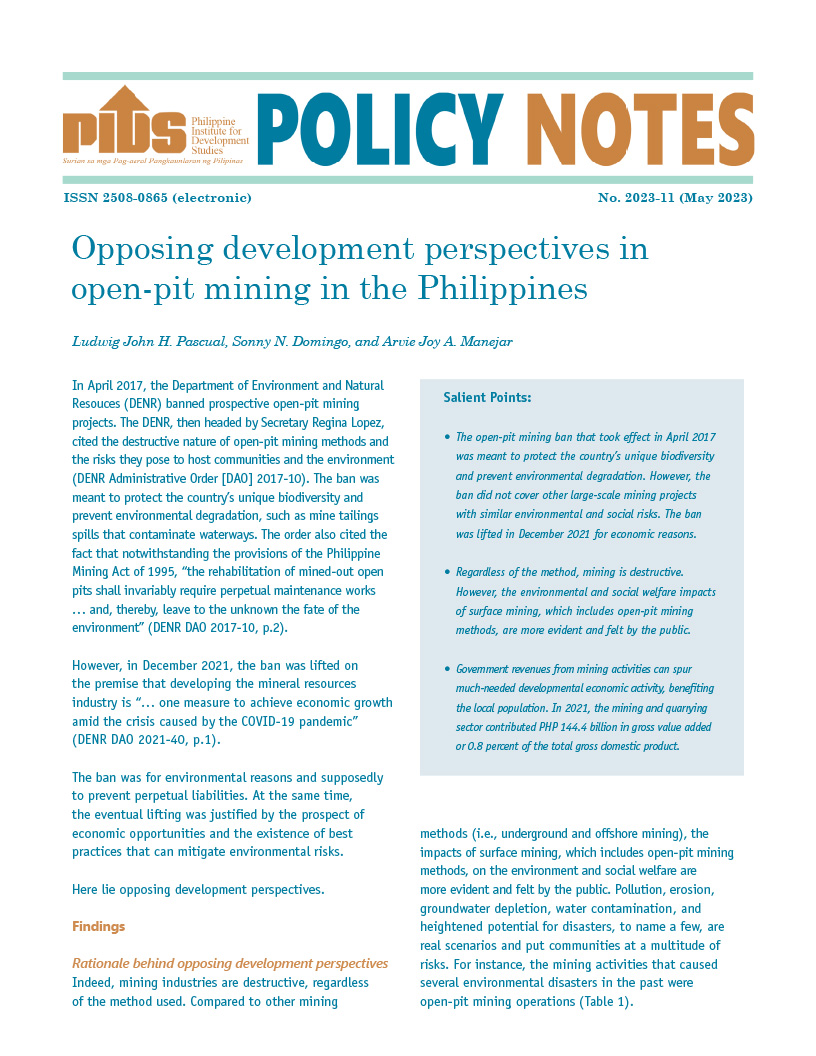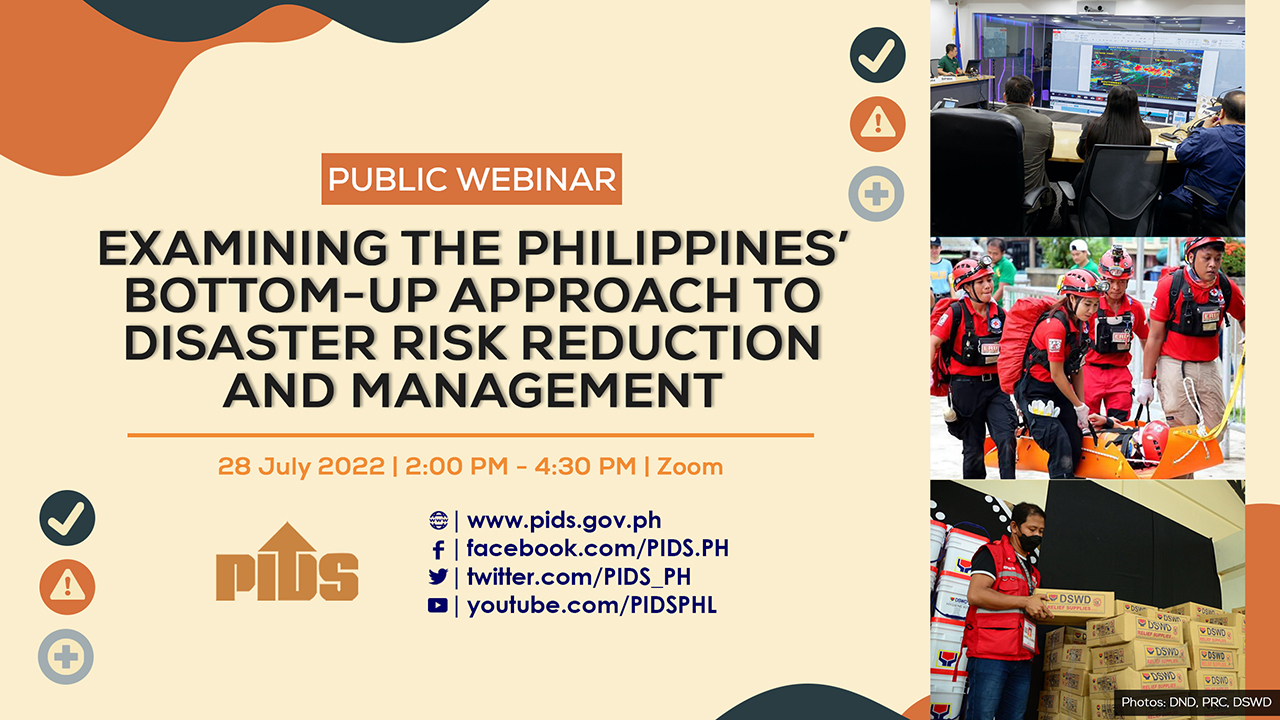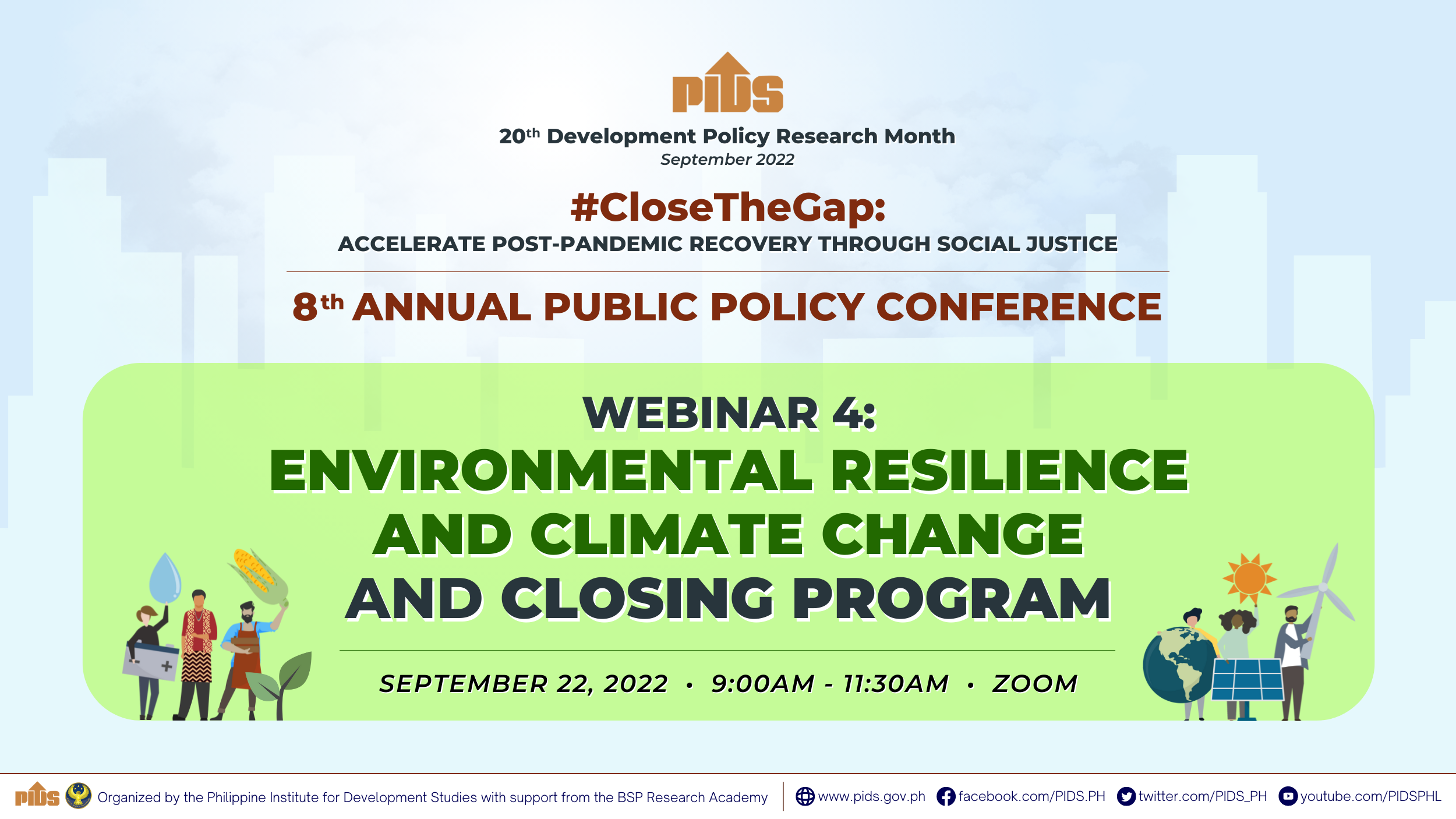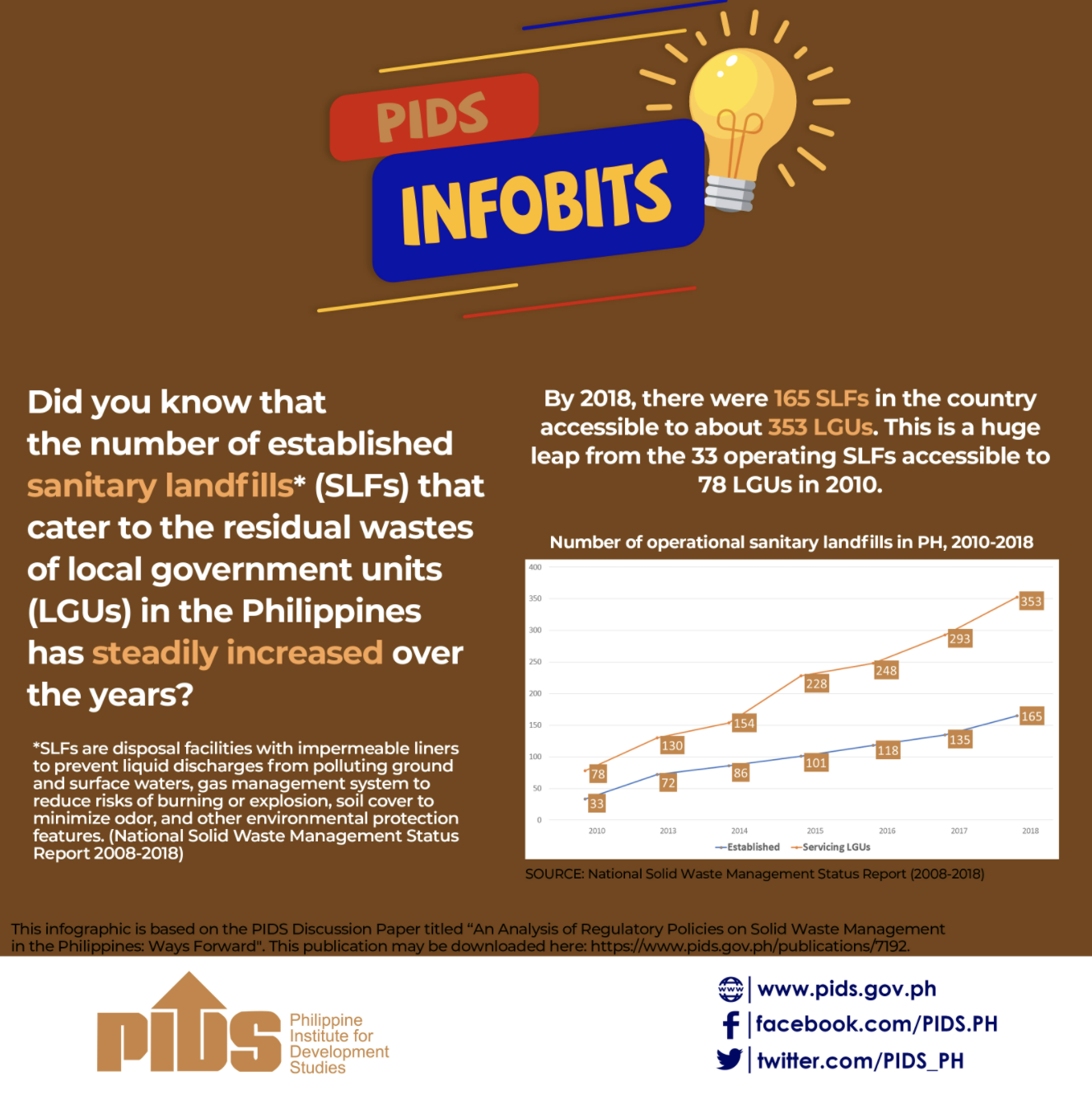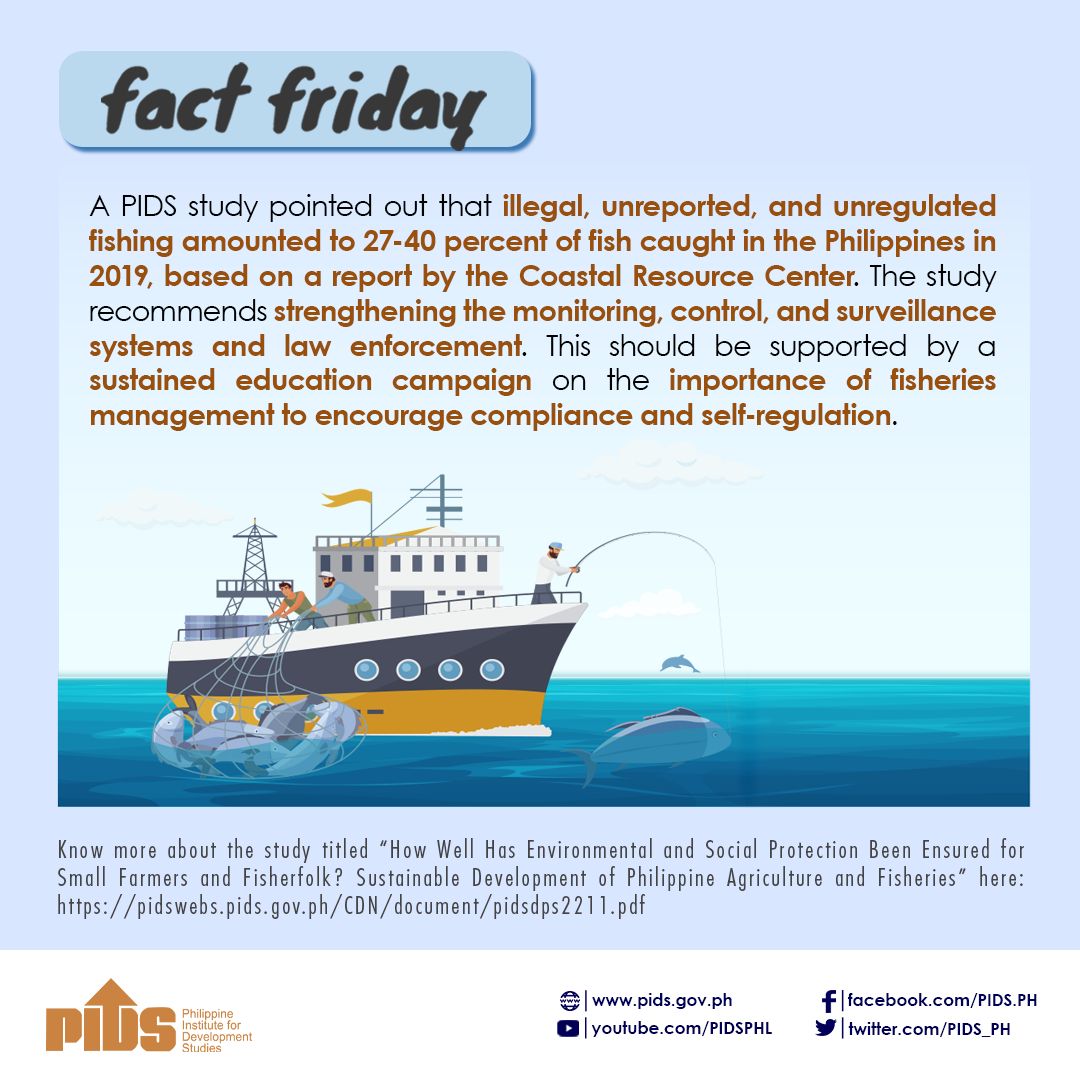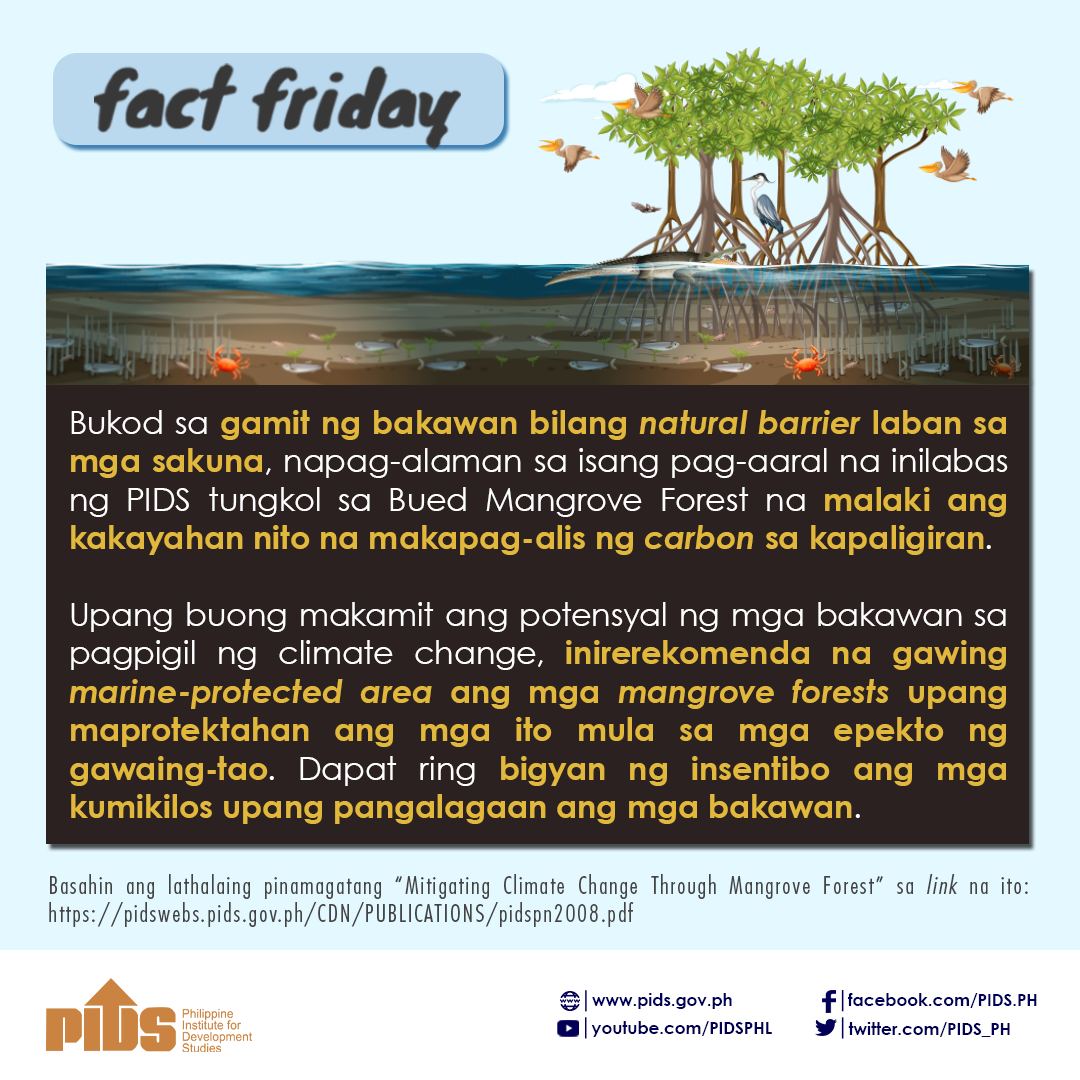A recent study by state think tank Philippine Institute for Development Studies (PIDS) found some promise in the government`s National Greening Program but suggests there is still room for improvement in areas of information management, monitoring, and fund management.
A recent study by state think tank Philippine Institute for Development Studies (PIDS) found some promise in the government`s National Greening Program but suggests there is still room for improvement in areas of information management, monitoring, and fund management.
The Policy Note titled "The National Greening Program: Hope for our Balding Forests" written by Dr. Danilo Israel and Maria Diyina Gem Arbo, PIDS senior research fellow and research analyst, respectively, discusses the performance of the NGP, ways to improve its implementation mechanisms, and the newly commenced impact assessment project being conducted by PIDS.
The NGP launched in 2011 to plant 1.5 million seedlings in 1.5 hectares over a period of six years is an attempt by the government to include objectives beyond restoring forest areas, such as reducing poverty; promoting food security, environmental stability, and biodiversity conservation; and enhancing climate change mitigation and adaptation.
"The NGP has provided some measure of hope for the recovery of our already balding forests, an objective that previous national reforestation programs have miserably failed to achieve," say the authors.
Despite the achievements of the program, there are plenty of areas for improvement, such as data and information gathering and analysis; monitoring and inspection of tree survival; access to funds and increased personnel; and reporting and auditing practices.
The rate of deforestation in the Philippines over the past century is a thing of notoriety. The Philippines is one of the 17 mega diversity countries. Conservation International ranks the country fourth on the most threatened forest hotspot. Annually, from 2000 to 2005, the country lost 1.98 percent or 157,400 hectares of forests—one of the highest rates of deforestation in the world.
Deforestation is fundamentally caused by human demand. There are laws in place, but the lack of implementation makes it difficult to properly regulate logging, mining, and land conversion to areas of agriculture or settlement.
While it can be argued that social progress is worth the cost, the rate at which deforestation occurs is unsustainable.
Without inclusive programs, habitats, biodiversity, and the entire ecosystem remain in peril. Deforestation also leads to spikes of carbon dioxide content in the atmosphere, contributing to global warming.
It is clear that the NGP isn`t enough to reintroduce trees into deforested land. A comprehensive reforestation program is what the NGP hopes to achieve.
To improve and enhance the NGP`s performance, the authors of the study emphasize addressing the challenges that slow its progress.
Firstly, substantive data must be gathered and provided to fully come up with a substantive picture of the program`s progress.
The available data "exceeding planting sites and actual target per hectare by 14 percent by the end of 2013, and yet missing the yearly seedling target per year" are not enough to determine whether or not the NGP is on the way to achieve its objectives.
Secondly, monitoring and inspection of trees have to be enforced to monitor, ensure, and increase the rate of survival, which currently sits at 61 percent. The goal is 85 percent.
The Commission on Audit (COA) criticized the Department of Environment and Natural Resources report on the NGP for not having an inspection or monitoring system for the survival rate of the seedlings. The program focused its evaluation too much on quantity instead of quality, according to the COA report.
That same year, a study, also by Israel, claimed that participants on the ground viewed the program`s performance positively. It increased livelihood opportunities and improved environmental condition. But delays in availability of mobilization fund and limited personnel have held back NGP performance, making it only partially effective and efficient.
The framework for the impact assessment of the NGP contains four components—economic, social, environmental, and institutional. All of which will be evaluated as the program continues, hopefully to provide a more in-depth picture for studies to improve implementation mechanisms for the NGP and for future reforestation programs.
You may download a copy of the study by clicking this link:
http://dirp3.pids.gov.ph/webportal/CDN/PUBLICATIONS/pidspn1502.pdf.
A recent study by state think tank Philippine Institute for Development Studies (PIDS) found some promise in the government`s National Greening Program but suggests there is still room for improvement in areas of information management, monitoring, and fund management.
The Policy Note titled "The National Greening Program: Hope for our Balding Forests" written by Dr. Danilo Israel and Maria Diyina Gem Arbo, PIDS senior research fellow and research analyst, respectively, discusses the performance of the NGP, ways to improve its implementation mechanisms, and the newly commenced impact assessment project being conducted by PIDS.
The NGP launched in 2011 to plant 1.5 million seedlings in 1.5 hectares over a period of six years is an attempt by the government to include objectives beyond restoring forest areas, such as reducing poverty; promoting food security, environmental stability, and biodiversity conservation; and enhancing climate change mitigation and adaptation.
"The NGP has provided some measure of hope for the recovery of our already balding forests, an objective that previous national reforestation programs have miserably failed to achieve," say the authors.
Despite the achievements of the program, there are plenty of areas for improvement, such as data and information gathering and analysis; monitoring and inspection of tree survival; access to funds and increased personnel; and reporting and auditing practices.
The rate of deforestation in the Philippines over the past century is a thing of notoriety. The Philippines is one of the 17 mega diversity countries. Conservation International ranks the country fourth on the most threatened forest hotspot. Annually, from 2000 to 2005, the country lost 1.98 percent or 157,400 hectares of forests—one of the highest rates of deforestation in the world.
Deforestation is fundamentally caused by human demand. There are laws in place, but the lack of implementation makes it difficult to properly regulate logging, mining, and land conversion to areas of agriculture or settlement.
While it can be argued that social progress is worth the cost, the rate at which deforestation occurs is unsustainable.
Without inclusive programs, habitats, biodiversity, and the entire ecosystem remain in peril. Deforestation also leads to spikes of carbon dioxide content in the atmosphere, contributing to global warming.
It is clear that the NGP isn`t enough to reintroduce trees into deforested land. A comprehensive reforestation program is what the NGP hopes to achieve.
To improve and enhance the NGP`s performance, the authors of the study emphasize addressing the challenges that slow its progress.
Firstly, substantive data must be gathered and provided to fully come up with a substantive picture of the program`s progress.
The available data "exceeding planting sites and actual target per hectare by 14 percent by the end of 2013, and yet missing the yearly seedling target per year" are not enough to determine whether or not the NGP is on the way to achieve its objectives.
Secondly, monitoring and inspection of trees have to be enforced to monitor, ensure, and increase the rate of survival, which currently sits at 61 percent. The goal is 85 percent.
The Commission on Audit (COA) criticized the Department of Environment and Natural Resources report on the NGP for not having an inspection or monitoring system for the survival rate of the seedlings. The program focused its evaluation too much on quantity instead of quality, according to the COA report.
That same year, a study, also by Israel, claimed that participants on the ground viewed the program`s performance positively. It increased livelihood opportunities and improved environmental condition. But delays in availability of mobilization fund and limited personnel have held back NGP performance, making it only partially effective and efficient.
The framework for the impact assessment of the NGP contains four components—economic, social, environmental, and institutional. All of which will be evaluated as the program continues, hopefully to provide a more in-depth picture for studies to improve implementation mechanisms for the NGP and for future reforestation programs.
You may download a copy of the study by clicking this link:
http://dirp3.pids.gov.ph/webportal/CDN/PUBLICATIONS/pidspn1502.pdf.

